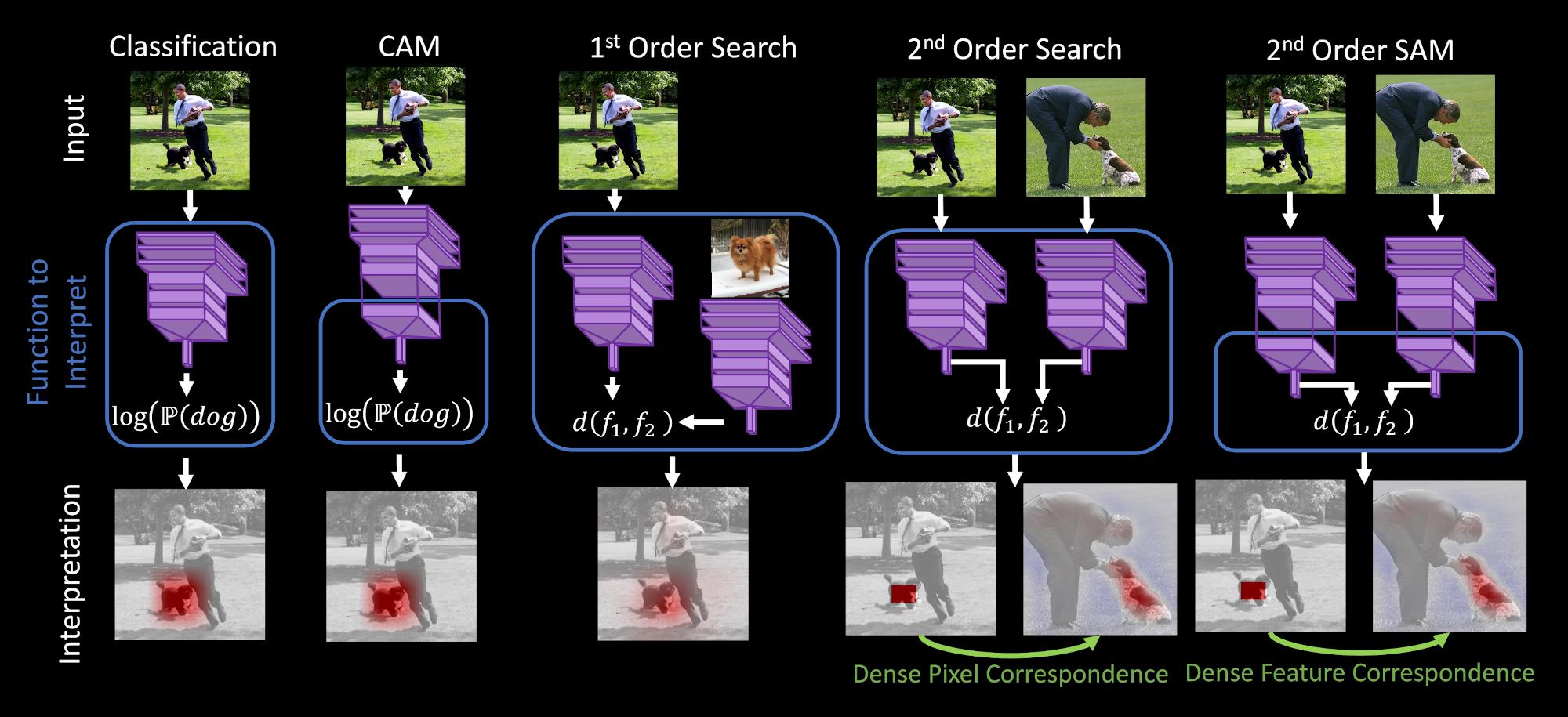@article{hamilton2021axiomatic,
title={Axiomatic Explanations for Visual Search, Retrieval, and Similarity Learning},
author={Hamilton, Mark and Lundberg, Scott and Zhang, Lei and Fu, Stephanie and Freeman, William T},
journal={arXiv preprint arXiv:2103.00370},
year={2021}
}

